In the system shownin Fig. 2E.5 (a), block is being prevented from descending by pulling to the right with force F. Assuming all the surfaces to be surfaces to be frictionless, find F.

Step by step video & image solution for In the system shownin Fig. 2E.5 (a), block m_(2) is being prevented from descending by pulling m_(1) to the right with force F. Assuming all the surfaces to be surfaces to be frictionless, find F. by Physics experts to help you in doubts & scoring excellent marks in Class 11 exams.
Topper's Solved these Questions
- BOOK - ANURAG MISHRACHAPTER - FORCE ANALYSISEXERCISE - level 1103videos
FORCE ANALYSIS
- BOOK - ANURAG MISHRACHAPTER - FORCE ANALYSISEXERCISE - Level-273videos
FORCE ANALYSIS
- BOOK - ANURAG MISHRACHAPTER - FORCE ANALYSISEXERCISE - Matching type13videos
FORCE ANALYSIS
- BOOK - ANURAG MISHRACHAPTER - DESCRIPTION OF MOTIONEXERCISE - Level-334videos
DESCRIPTION OF MOTION
- BOOK - ANURAG MISHRACHAPTER - IMPULSE AND MOMENTUMEXERCISE - matching3videos
IMPULSE AND MOMENTUM
Similar Questions
The system shown in the Fig. is given an acceleration 'a' towards left. Assuming all the surfaces to be frictionless, find the force on the sphere.
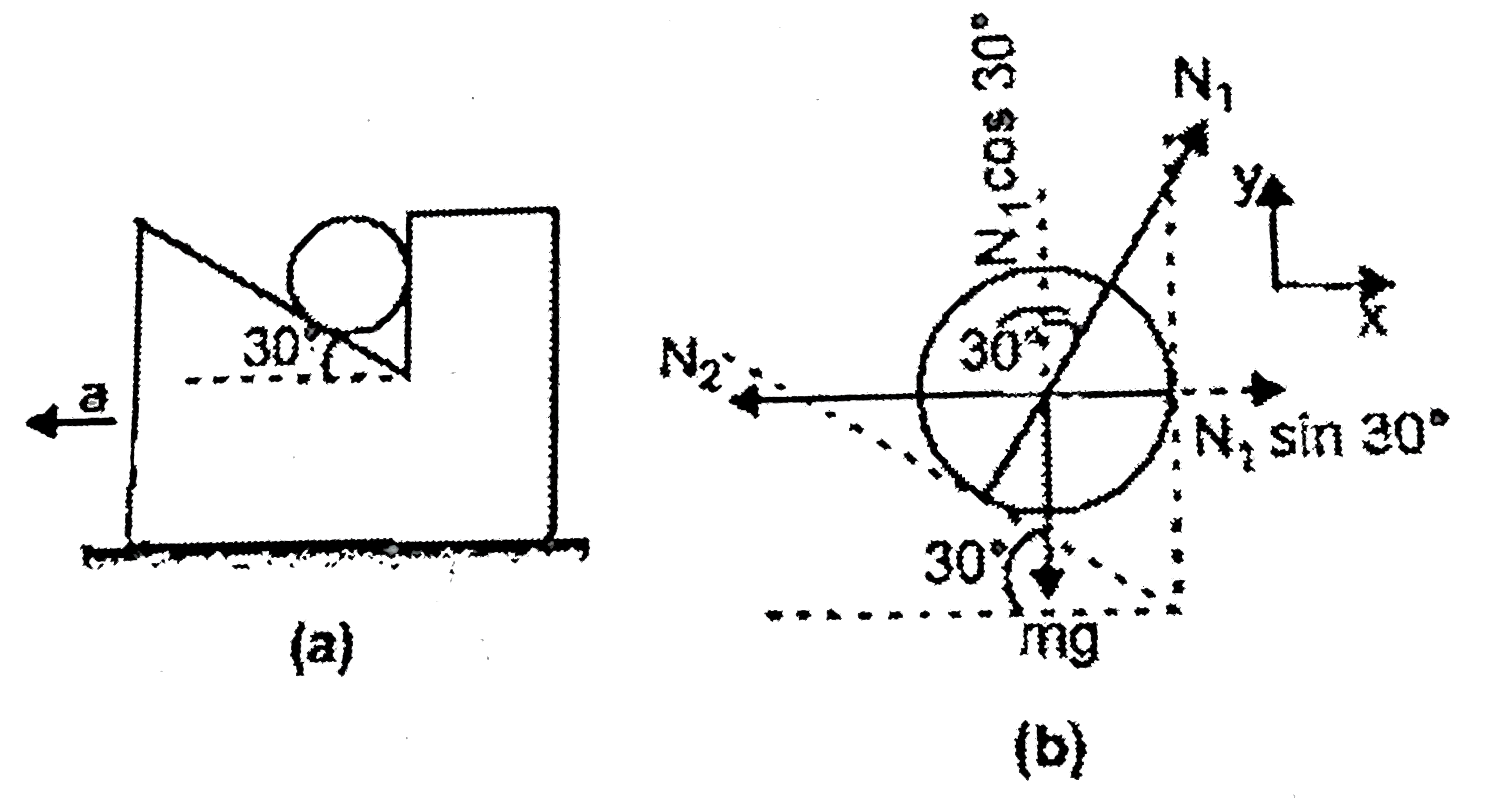 View Solution
View SolutionAs per the diagram given in fig.
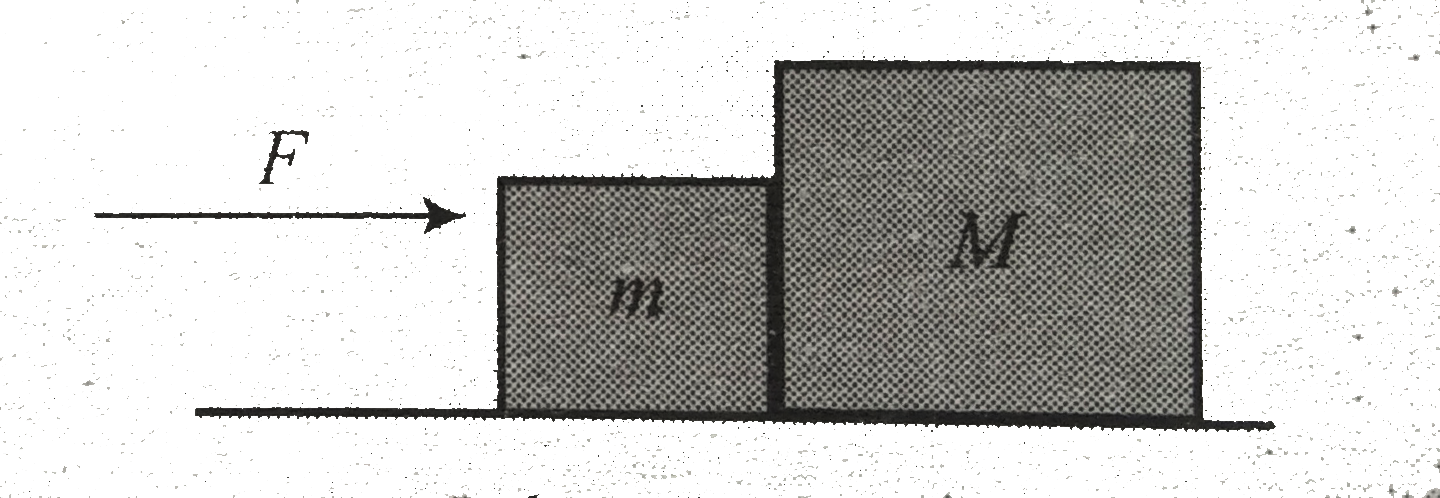
The free-body diagram of M is fig. (correct or incorrect). Assume all surface are frictionless.
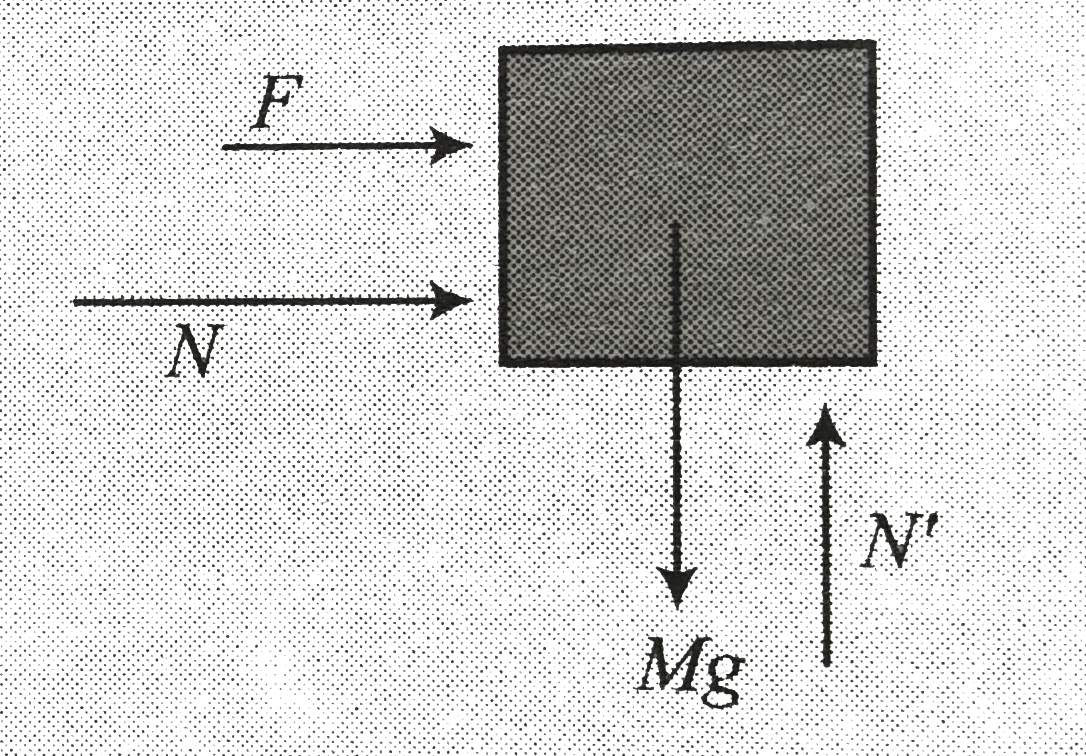 View Solution
View Solution
Knowledge Check
- Question 1 - Select One
Arrangement of two block system is as shown. The net force acting on 1 kg and 2 kg block are (assuming the surfaces to be frictionless) respectively -
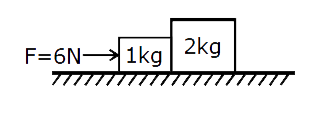 A4 N, 8 NB1 N, 2 NC2 N, 4 ND3N, 6 N
A4 N, 8 NB1 N, 2 NC2 N, 4 ND3N, 6 N - Question 2 - Select One
In fig. mass m is being pulled on the incline of a wedge of mass M. All the surfaces are smooth. Find the acceleration of the wedge.
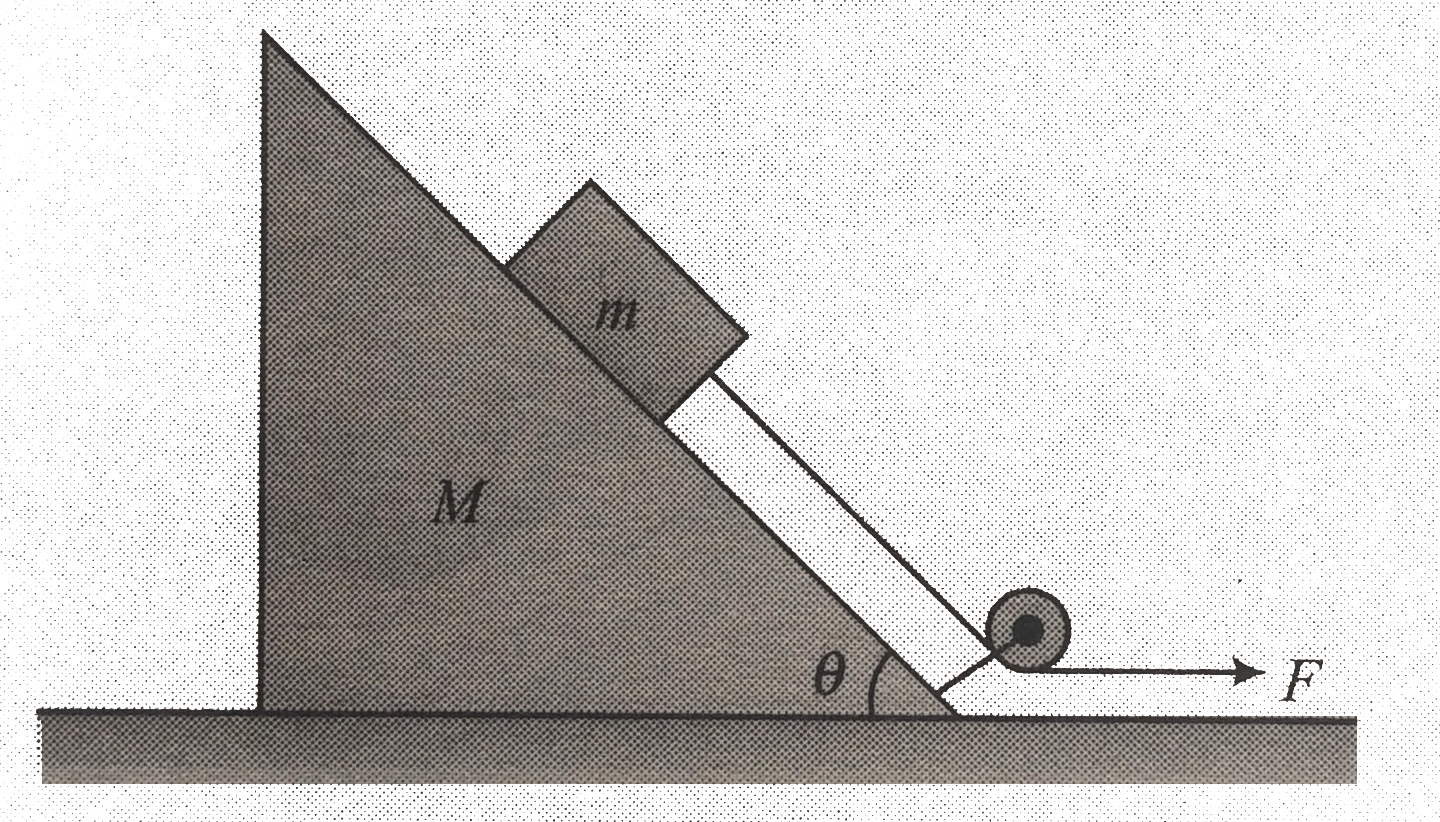 Aa=F(1−cosθ)mg2sinθcosθM+2msin2θBa=F(1+cosθ)+mgsinθcosθM+msin2θCa=F(1−cosθ)−mgsinθcosθM+msin2θDa=F(1+cosθ)−mgsinθcosθM−msin2θ
Aa=F(1−cosθ)mg2sinθcosθM+2msin2θBa=F(1+cosθ)+mgsinθcosθM+msin2θCa=F(1−cosθ)−mgsinθcosθM+msin2θDa=F(1+cosθ)−mgsinθcosθM−msin2θ
Figure-2.57 shows a large block of mass M, supporting two small mass m1 and m2, connected by a light, frictionless thread. A force F is acting on M, such that the block m1 is sliding down, with an acceleration a1. Find the force F applied on M and also the acceleration of M. Assuming all surfaces are frictionless.
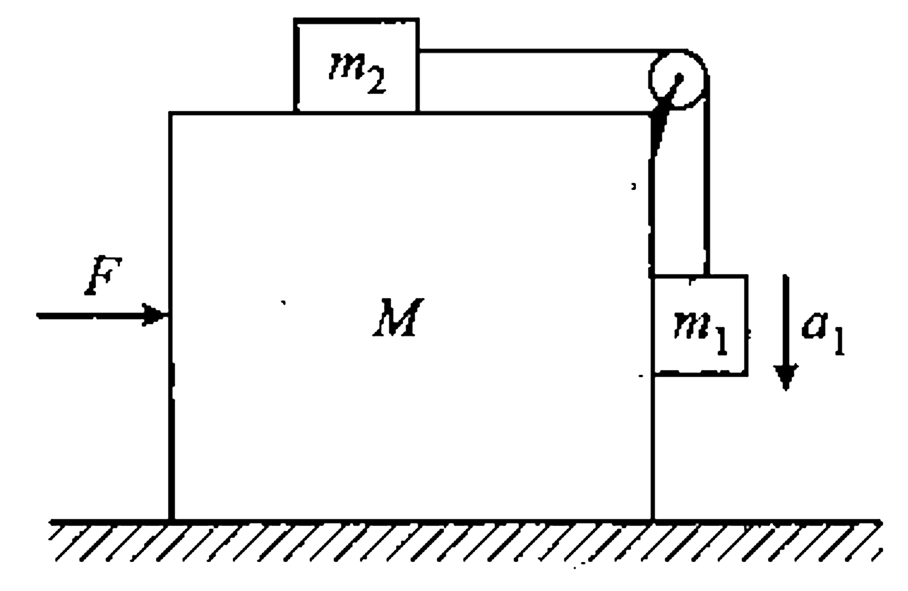 View Solution
View SolutionFind the mass of the hanging block in which will prevent the smaller block of mass m from slipping over the triangular block of mass M. All the surfaces are frictionless and the strings and the pulleys are light
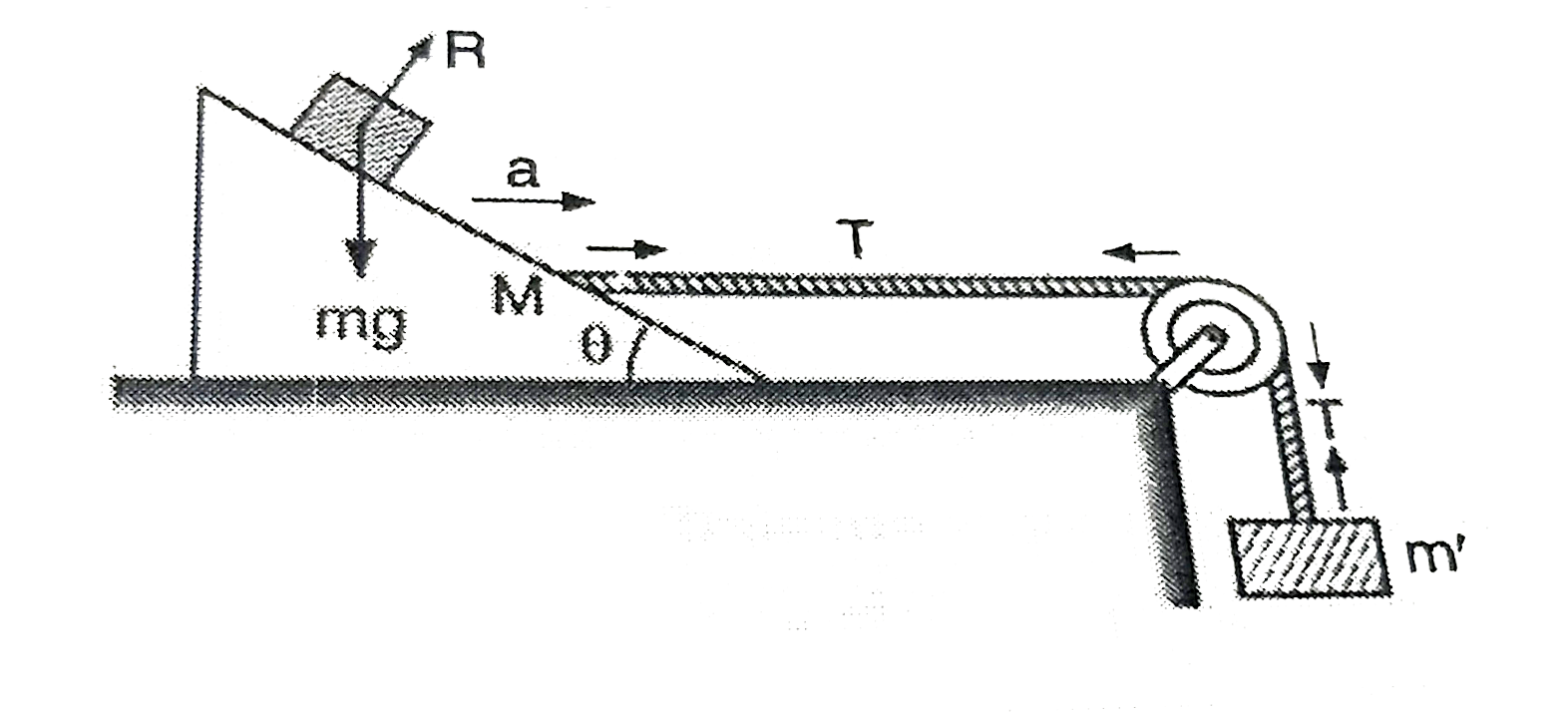 View Solution
View SolutionFor what value of F will the block of mass m remains at rest with respect to the wedge. All surfaces are frictionless.
 View Solution
View Solution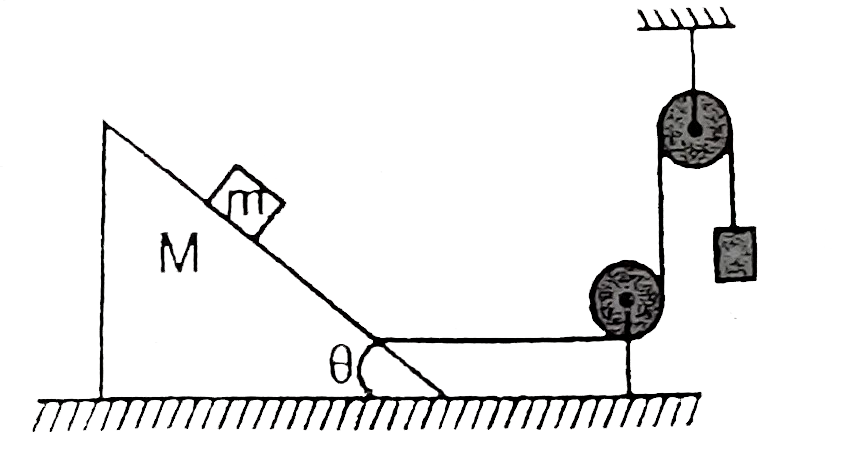
Find the mass (in kg) of the hanging block which will prevent the smaller block from slipping over the triangular block. All the surfaces are frictionless and the strings and the pulleys are light. Given m=M=1kg,cotθ=2,View SolutionThree block A,B,and C of mass m1,m2 and m3, respectively are resting one on top of the other as shown in fig. A horizontal force F is applied on block B. Assuming all the surfaces are frictionless, calculate (1) acceleration of block A, block B, and block C, (2) normal reactions between A and B, B and C, and between C and ground .
 View Solution
View SolutionA block of mass M is being pulled with the help of a string of mass m and length L. the horizontal force applied by the man on the string is F.
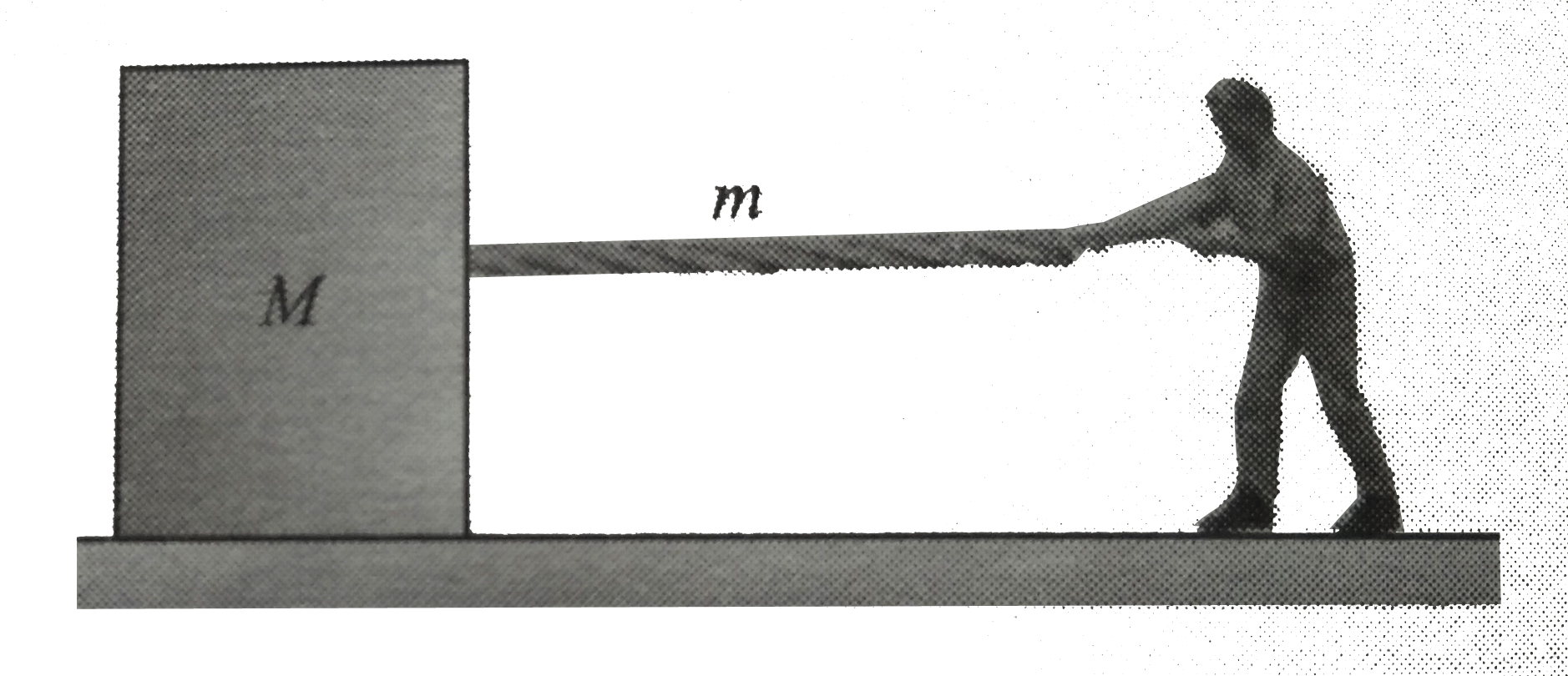
Determine
(a) Find the force exerted by the string on the block and acceleration of system.
(b) Find the tension at the mid point of the string.
(c ) Find the tension at a distance x from the end at which force is applied.
Assume that the block is kept on a frictionless horizontal surface and the mass is uniformly distributed in the string.View Solution

